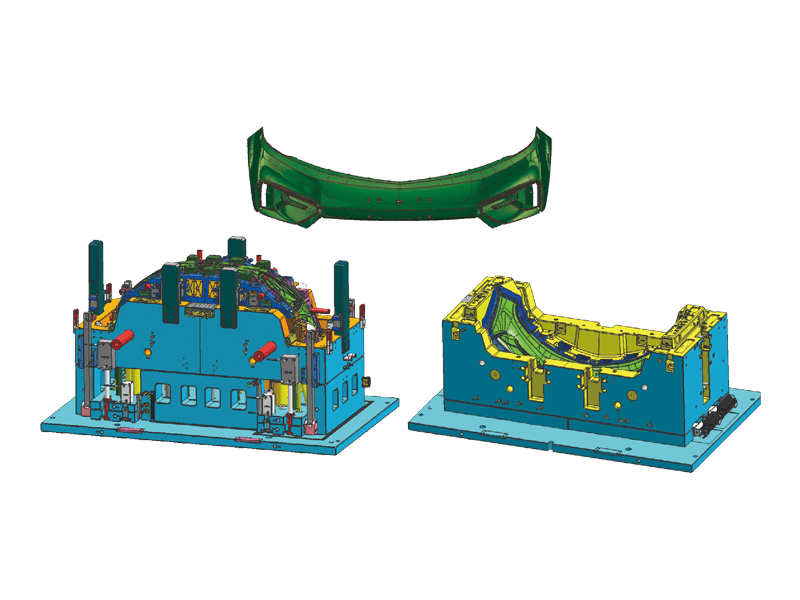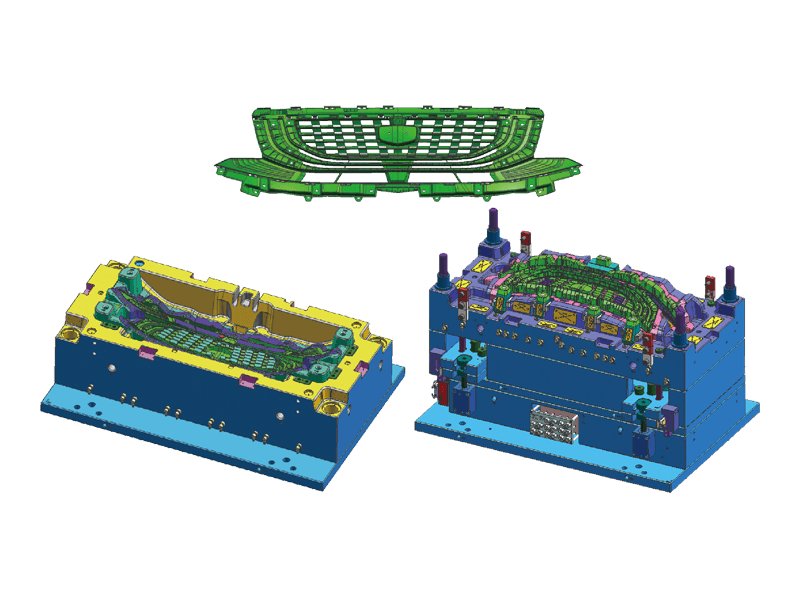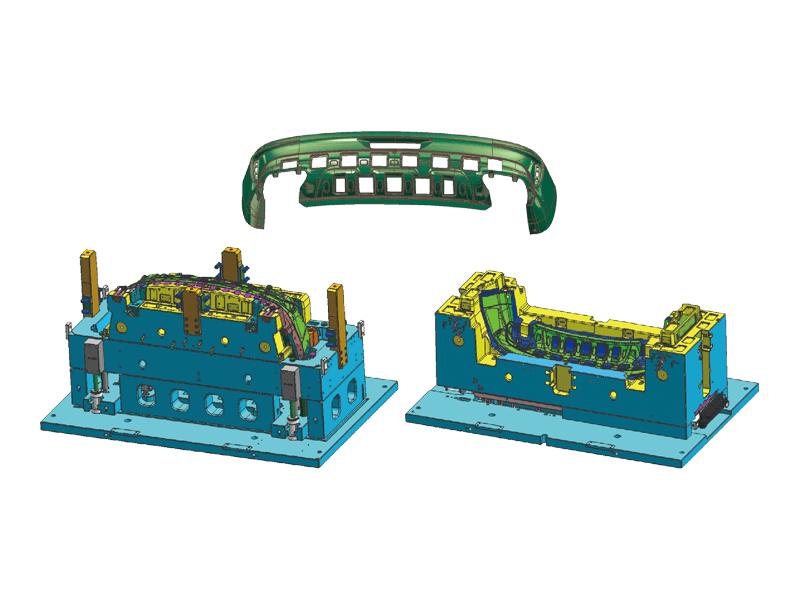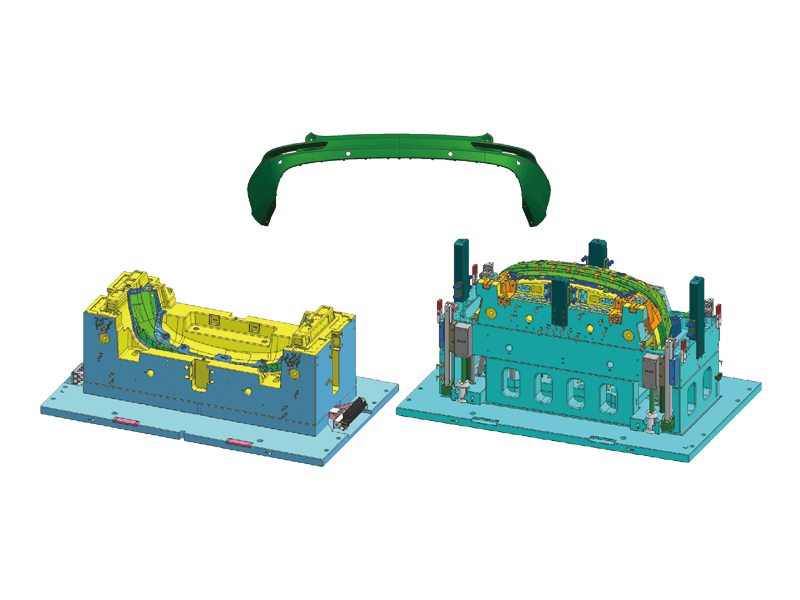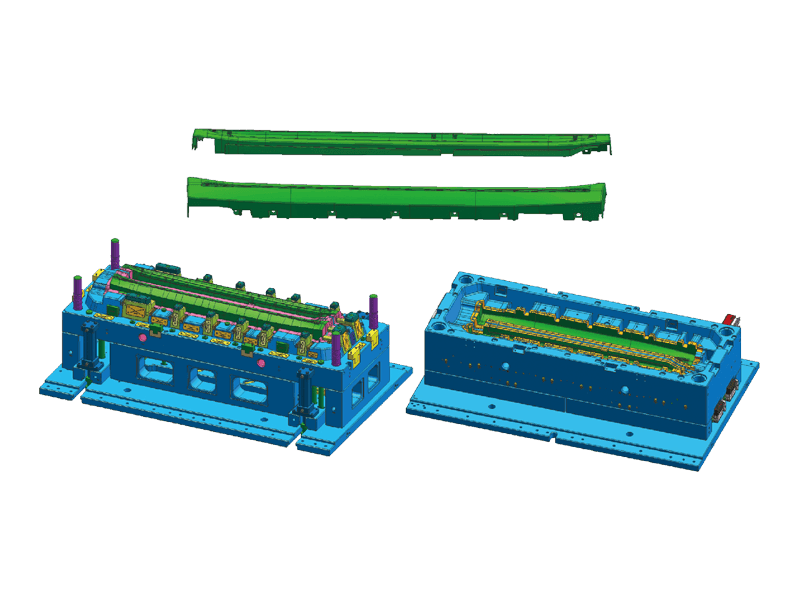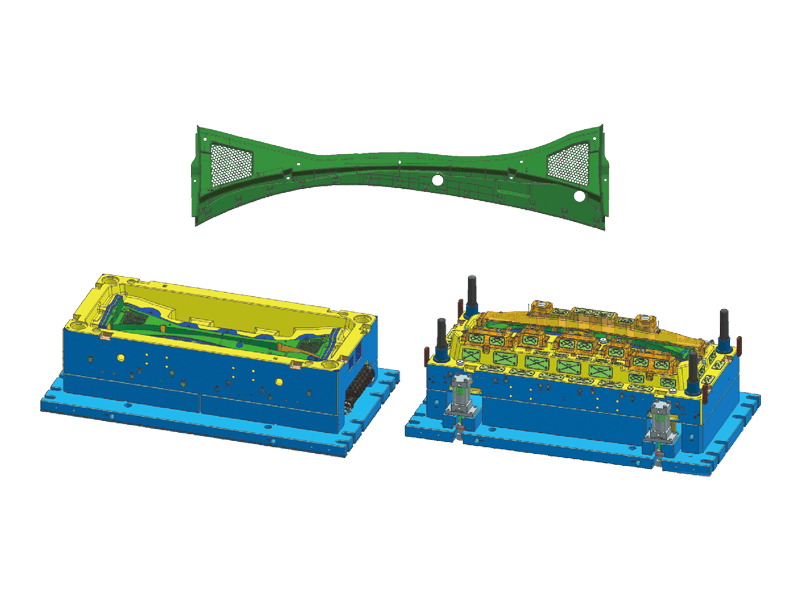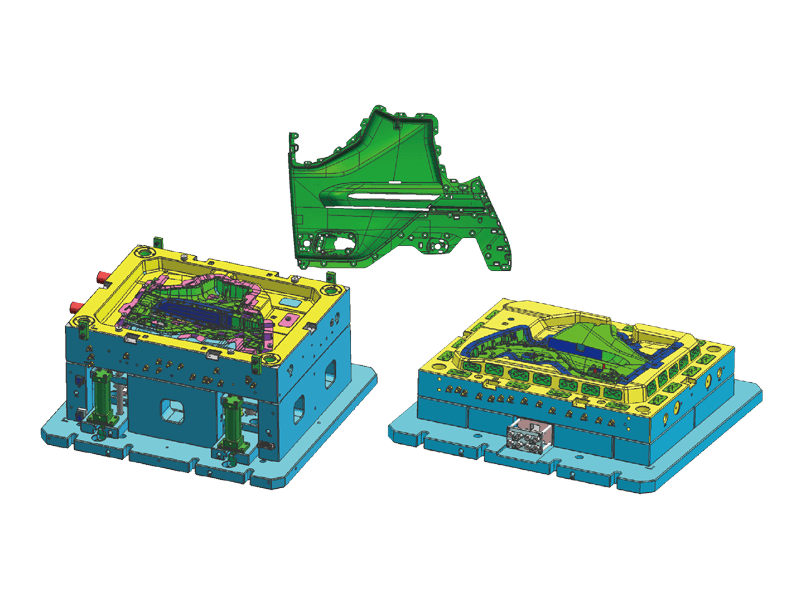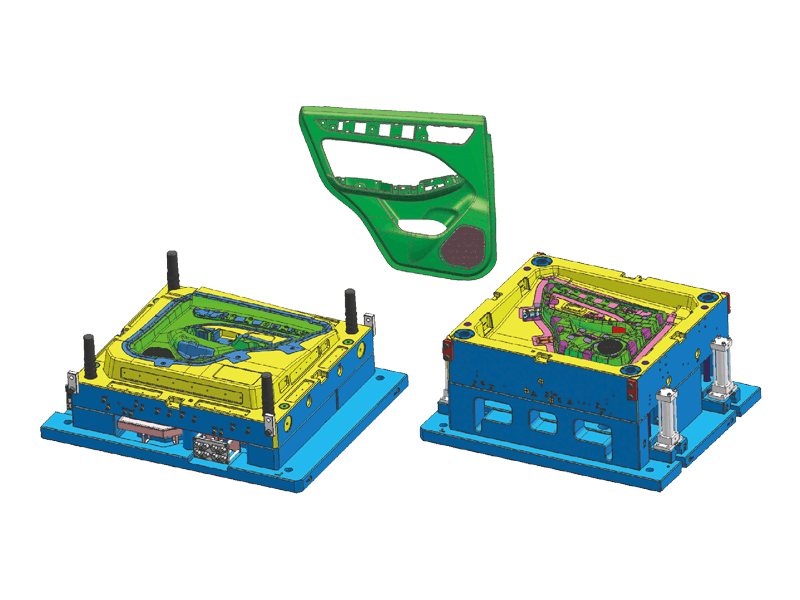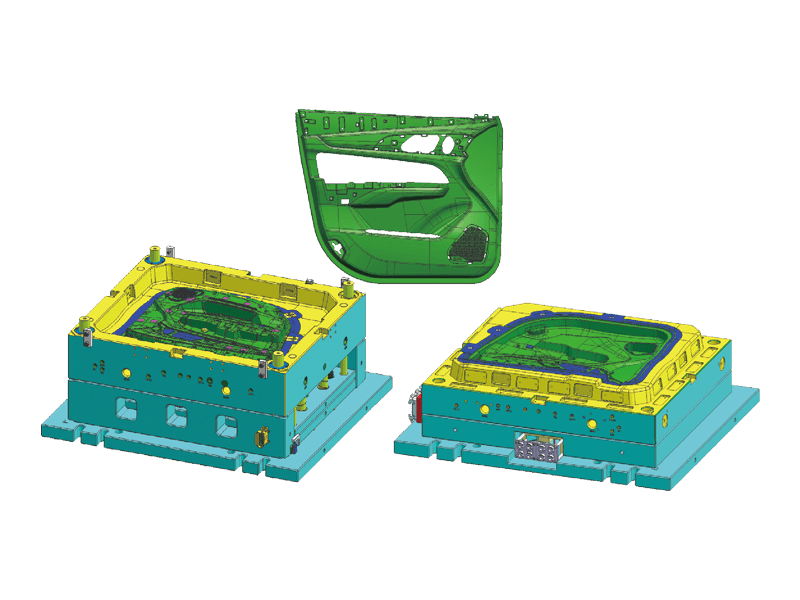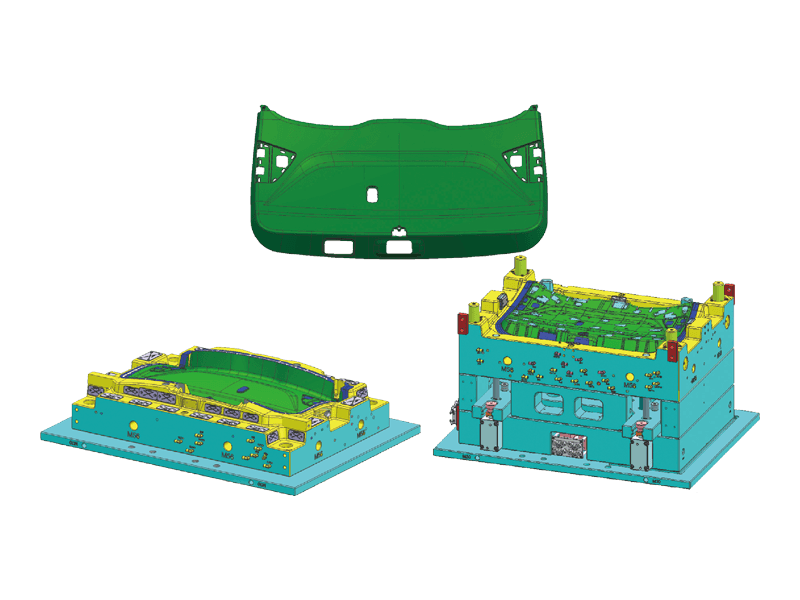The automotive components industry is witnessing a significant shift as the demand for Hard Automobile Wheel Trims Injection Mold continues to grow globally. Known for its critical role in the production of high-quality, durable, and aesthetically appealing wheel trims, the Hard Automobile Wheel Trims Injection Mold market is garnering increasing attention from manufacturers, OEMs, and supply chain specialists.
One of the main drivers behind the rise in popularity of Hard Automobile Wheel Trims Injection Mold technology is the push toward vehicle lightweighting. As automakers seek to improve fuel efficiency and reduce emissions, components like wheel trims are increasingly being designed with advanced polymers. Injection molding using Hard Automobile Wheel Trims Injection Mold allows for the creation of lightweight yet robust products that meet the performance and durability expectations of modern vehicles.
In 2025, manufacturers are expanding their operations and investing in more advanced Hard Automobile Wheel Trims Injection Mold equipment to meet growing customer demands. Recent developments include the introduction of precision-controlled molds with multi-cavity designs, enabling faster production rates and reduced cycle times. The use of high-strength thermoplastics, reinforced polymers, and new mold cooling systems are further enhancing the effectiveness of Hard Automobile Wheel Trims Injection Mold systems.
Notably, Asia-Pacific has emerged as a powerhouse for Hard Automobile Wheel Trims Injection Mold manufacturing, with China, India, and South Korea the charge. These countries offer competitive pricing, skilled labor, and increasing investment in industrial automation. Local players in these regions are not only catering to domestic automakers but also exporting molds and finished trims to North America and Europe.
One of the industry’s key concerns has been ensuring the longevity and consistency of mold performance. To address this, many suppliers are now integrating smart technologies, such as IoT sensors, into the Hard Automobile Wheel Trims Injection Mold systems. These innovations allow real-time monitoring of mold temperature, pressure, and cycle data, significantly reducing downtime and defect rates.
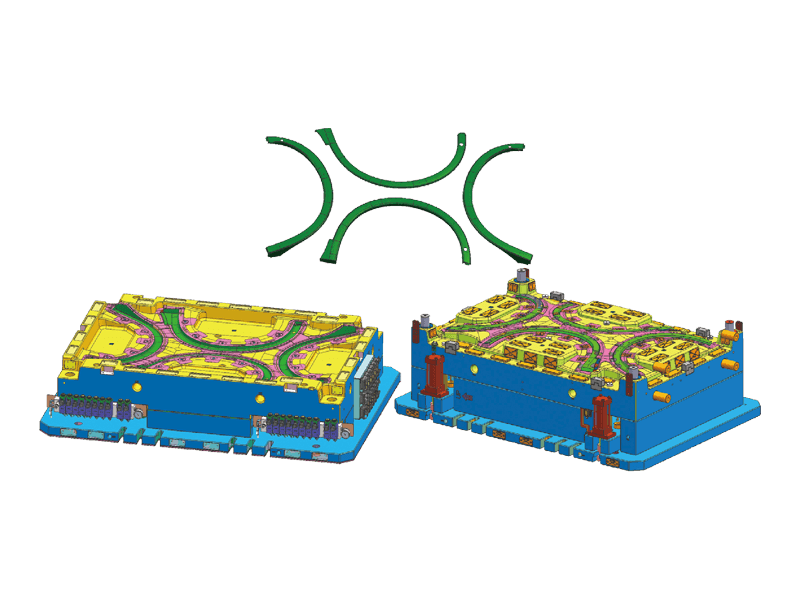
The environmental aspect of Hard Automobile Wheel Trims Injection Mold production is also evolving. Mold makers are focusing on recyclable materials and sustainable manufacturing practices to meet global ESG (Environmental, Social, and Governance) targets. Some manufacturers are experimenting with bio-based polymers that can be molded using existing Hard Automobile Wheel Trims Injection Mold setups, without sacrificing quality.
Collaboration between mold manufacturers and automotive design teams has become a critical success factor. By working closely during the early stages of vehicle design, mold producers can tailor the Hard Automobile Wheel Trims Injection Mold to create trims that are not only visually attractive but also optimized for aerodynamics and safety. This trend is particularly evident in the luxury car segment, where aesthetics and performance are equally prioritized.
With increasing demand for electric vehicles (EVs), the relevance of Hard Automobile Wheel Trims Injection Mold is set to expand even further. EV manufacturers are opting for sleeker, more aerodynamic trims that require precise molding techniques. As a result, the industry is likely to witness continued innovation in mold materials, CAD design integration, and additive manufacturing to support rapid prototyping of new trim designs using Hard Automobile Wheel Trims Injection Mold.
Despite the positive outlook, challenges remain. The high initial cost of advanced Hard Automobile Wheel Trims Injection Mold systems can be a barrier for small- and medium-sized enterprises (SMEs). Additionally, the need for highly skilled labor to operate and maintain these molds creates a talent gap in some regions. To counter this, vocational training programs and partnerships between mold manufacturers and technical schools are being developed.


 English
English 中文简体
中文简体